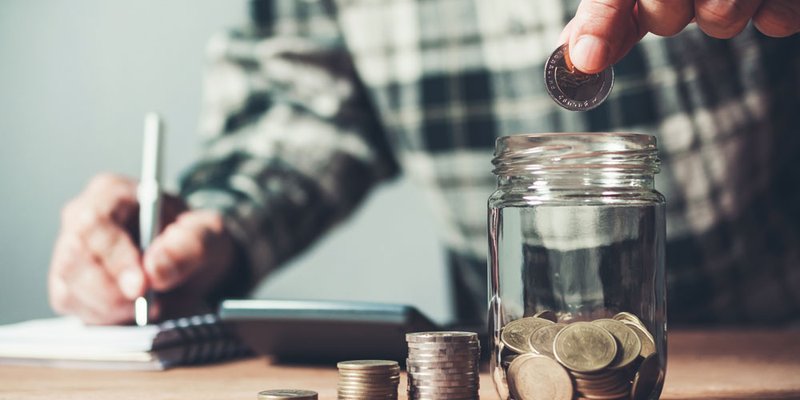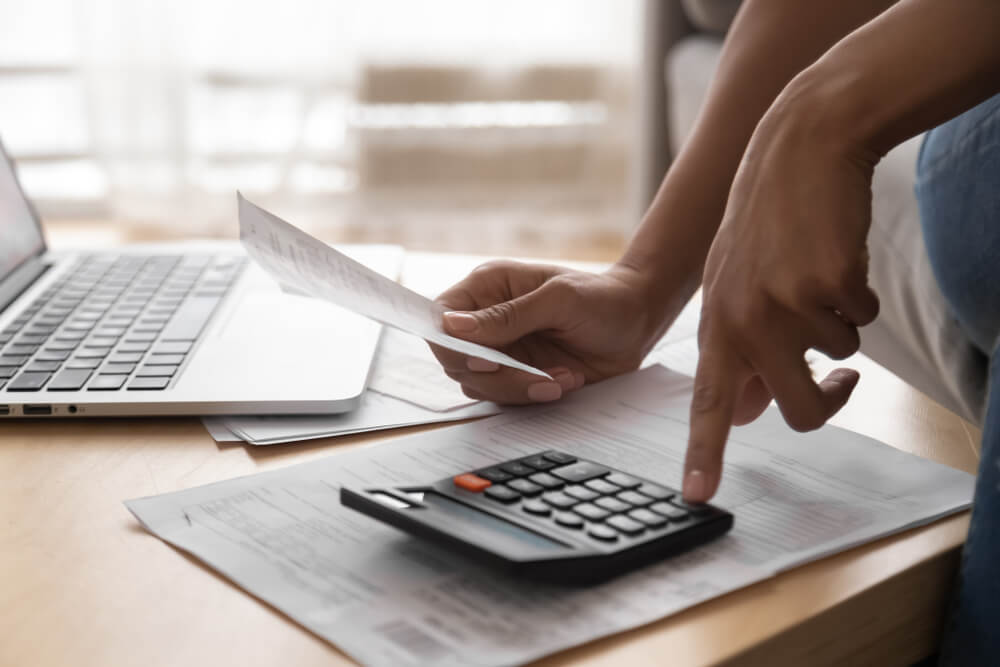
If you are not redirected within 30 seconds, please click here to continue.
Samedi: 10h – 16h HAE

If you are not redirected within 30 seconds, please click here to continue.
If you are not redirected within 30 seconds, please click here to continue.
Career Do-Over: Everything You Need to Know About the Lifelong Learning Plan

As many businesses reopen and adapt to the new COVID-19 safety protocols, unemployment numbers in Canada are on the decline. Unemployment was at a record high of 13.7% in May, falling to 10.9% in July. Despite the decrease, nearly 2.2 million Canadians remain unemployed. However, the number of people searching for jobs has increased by 66.6% since the economic shutdown in March.
Those who were affected by temporary layoffs or who remain in industries deeply impacted by the pandemic may be considering a career change—the Lifelong Learning Plan (LLP) can help finance full-time training or education.
Learn what the LLP entails, how to apply and the guidelines.
- What is the Lifelong Learning Plan?
- Who can use the program?
- Are there tax implications?
- How do you apply for the Lifelong learning plan?
- How do you repay the Lifelong Learning Plan?
- Alternatives to the Lifelong Learning Plan
What is the Lifelong Learning Plan?
The LLP allows you to withdraw money from your registered retirement savings plan (RRSP) to pay for full-time training or education for you, your spouse or common-law partner, but not your children. If you or your significant other have a disability, you may qualify for the benefit while attending a part-time program.
Under the LLP, you can withdraw $10,000 per year from your RRSP, up to a total of $20,000 each participation period (when your LLP balance is paid in full).
Who can use the program?
To be eligible for the LLP, you must meet a series of requirements, including:
- You must have an RRSP.
- The student (you, your spouse or common-law partner) must get an offer to enroll in a full-time training or education program before March of the following year.
- The student must enroll in an educational program at a designated financial institution.
- If you have previously withdrawn funds under the LLP, you must not have entered your repayment period.
However, if the student meets the disability conditions, they may enroll in a part-time program that is less than the mandatory course requirement of 10 hours or more per week.
Students will no longer meet the eligibility requirements for the LLP if they complete the program or quit.
Other considerations
If you continue to meet the LLP conditions, you can participate in the program as many times as you like. However, you must wait a year after you pay off your LLP balance before you can apply again.
If you and your significant other both plan on going back to school, you can both participate at the same time.
Additionally, RRSP withdrawals under the Home Buyers’ Plan (HBP) shouldn’t affect your eligibility for the LLP.
Are there tax implications?
If you meet the requirements of the LLP, the money you withdraw from your RRSP will not be taxed. However, you can’t claim deductions on the RRSP contributions you make as you repay your LLP.
Income tax
There are a few scenarios where the funds from the LLP will count toward your income and will be taxed.
- If you withdraw funds from your RRSP to participate in the LLP but don’t meet the conditions, the funds will count as income on your tax return. For example, if you are no longer enrolled in a program.
- Any amounts that you withdraw over the yearly limit or total LLP limit will be taxed as income.
- If you repay less than the LLP amount required or no repayment at all, you have to account for that RRSP withdrawal on your tax return.
Be aware of the amounts you withdraw under the LLP and the eligibility requirements of the program.
How do you apply for the Lifelong learning plan?
To apply for the LLP, you must fill out Form RC96 to request to withdraw funds from your RRSP under the Lifelong Learning Plan.
You must fill out Part 1 of this form each time you withdraw funds—$10,000 per year to a maximum of $20,000—and take it to your financial institution that holds your RRSP account. The financial institution will fill out Part 2 of the form before you can access the funds. Typically, tax is withheld when withdrawing money from your RRSP before the age of 71; however, the tax will not be withheld if you meet the LLP conditions.
How do you repay the Lifelong Learning Plan?
Usually, students have to start repaying the LLP two years after they complete their program (no longer meet the conditions). However, if a student continues to meet the LLP conditions, they must start to make payments in the fifth year after the first LLP withdrawal.
Typically, you have 10 years to repay the funds that you withdraw from your RRSP under the LLP. Generally, that means you must pay 10% of the amount borrowed each year until the balance is zero. The amount you withdrew, the LLP balance owing, and your payments will appear on your notice of assessment from the Canada Revenue Agency (CRA).
To make a payment, you have to contribute to your RRSP in the payment year or the first 60 days in the following year. The funds can be deposited into the original RRSP account or a new account. But, you must fill out a Schedule 7 form and file it with your taxes to designate the contribution as your repayment.
Alternatives to the Lifelong Learning Plan
Under the LLP, mature students can use pre-tax dollars from their RRSP to help finance their education, which can save money in the long run.
However, the LLP isn’t for everyone. Unless you are confident you will meet the conditions of the plan, you may find yourself dealing with paperwork and repayments. Here are a few other options to consider.
RRSP withdrawals
Students who have little to no income in the year they plan to return to school may choose to make a regular RRSP withdrawal. Financial institutions will withhold tax on the funds, but the tax implications should be relatively small. You won’t have to repay the amount you withdraw; however, you will lose that portion of retirement savings and the benefits of compound interest.
TFSA
If you have sizeable savings in your tax-free savings account (TFSA), you may choose to use this money toward your education. Once again, you aren’t required to pay the money back. Unlike your RRSP, the money in your TFSA is tax-free and you won’t lose your contribution room.
Get money-saving tips in your inbox.
Stay on top of personal finance tips from our money experts!










